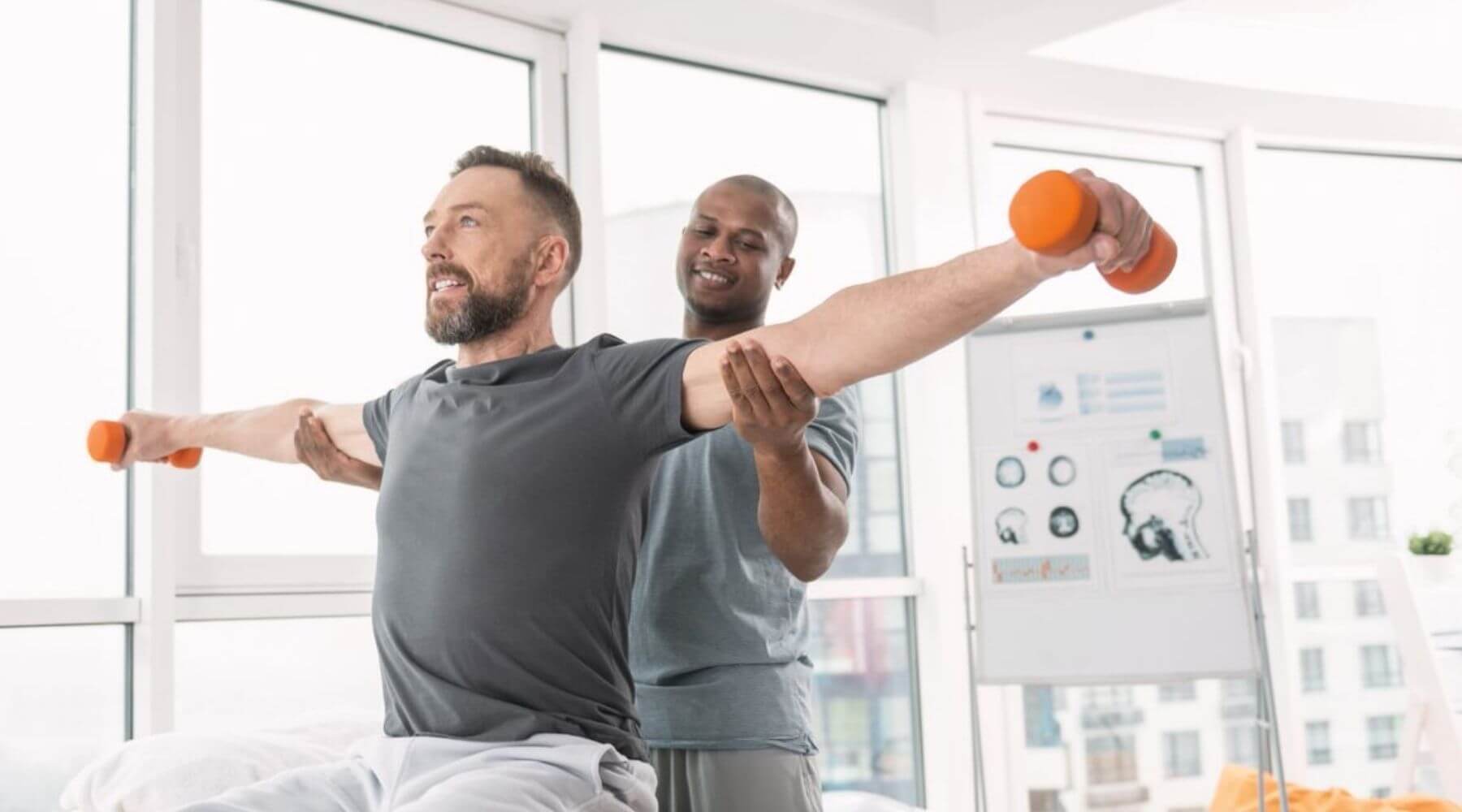Investigating the Impact of Manual Therapy Methods on Alleviating Musculoskeletal Discomfort and Enhancing Client Results
Investigating the Impact of Manual Therapy Methods on Alleviating Musculoskeletal Discomfort and Enhancing Client Results
Blog Article
Manual therapy techniques are hands-on methods used by healthcare providers to address muscle and joint pain. Such methods include various forms of adjustment and movement of the body’s muscle tissue and articulations. The goal of hands-on therapy is to relieve pain, enhance mobility, and enhance overall performance. Numerous individuals suffer from musculoskeletal discomfort due to injuries, suboptimal posture, or conditions like joint inflammation. By applying manual treatment, therapists aim to tackle these issues and help clients regain their quality of life.
One common hands-on treatment technique is spinal manipulation. This method involves using precise pressure to the vertebral column to enhance positioning and decrease discomfort. Research has shown that spinal manipulation can be effective in treating lower spinal discomfort and cervical discomfort. Another method is gentle connective tissue mobilization, which concentrates on reducing tightness in the muscle tissue and soft structures. This can help alleviate rigidity and improve flexibility, making it easier for patients to move without discomfort. Both techniques can be tailored to meet the individual requirements of each client, ensuring go to this site a custom method to treatment.
In addition to pain relief, manual therapy can improve client results in multiple aspects. For instance, it can improve circulation, which helps supply oxygen and nutrients to the affected areas of the body. Improved blood flow can also promote healing and reduce inflammation. Furthermore, manual therapy can help clients gain enhanced body awareness, which is crucial for avoiding subsequent trauma. By comprehending how their physiques function, patients can make better knowledgeable choices about their activities and posture, leading to long-term benefits.
The effectiveness of hands-on treatment is often backed by patient feedback. Many individuals report significant improvements in their discomfort intensity and overall performance after receiving care. This favorable reaction can lead to increased motivation for clients to participate in rehabilitative activity and rehabilitation exercises. When clients feel improved, they are much likely to participate in their recovery process, which can additionally improve their outcomes. This collaborative method between the provider and the client is crucial for attaining enduring results.
In summary, hands-on therapy techniques play a critical role in relieving musculoskeletal pain and improving client results. By using techniques such as vertebral manipulation and soft connective tissue manipulation, healthcare professionals can help clients recover mobility and reduce pain. The advantages of manual therapy go further than immediate pain alleviation, as it also encourages healing and encourages patients to take an active role in their rehabilitation. As an increasing number of people seek efficient therapies for musculoskeletal issues, manual therapy remains to be an essential option in the field of medicine.